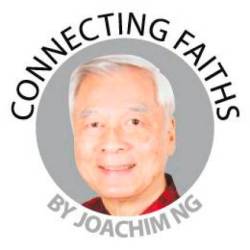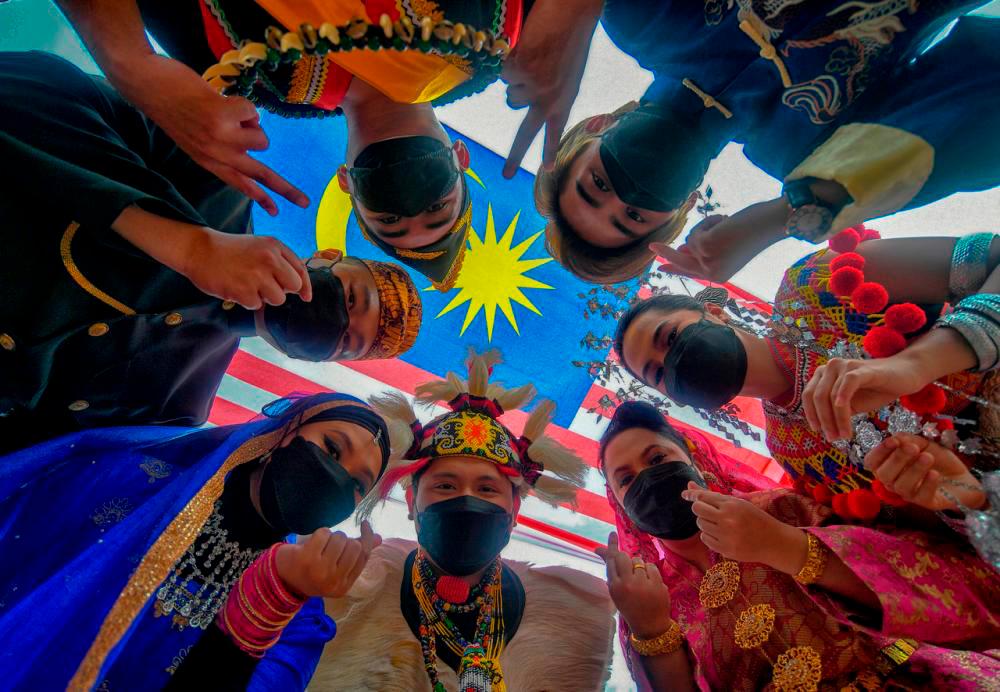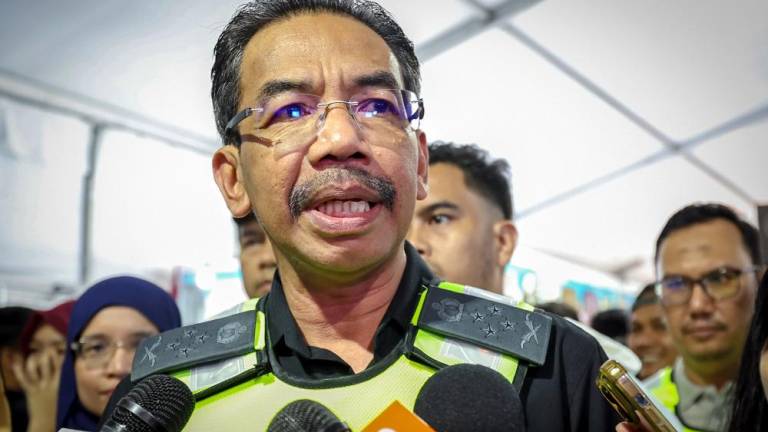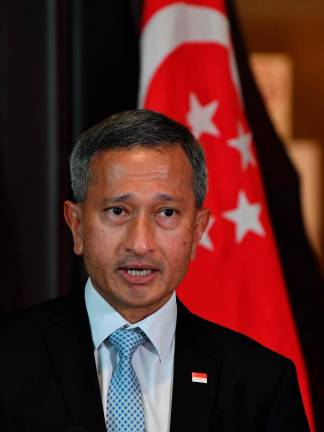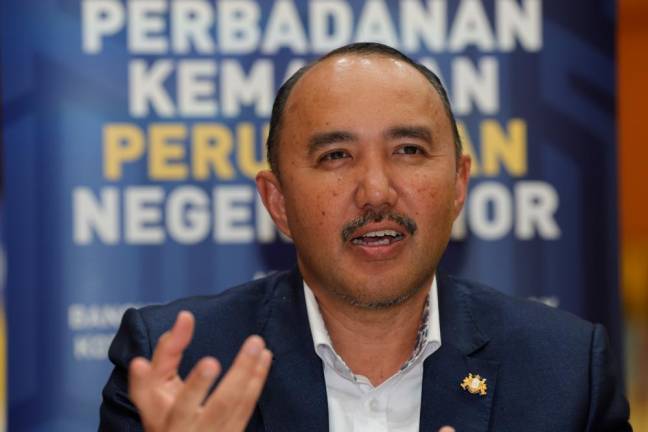THE Malaysian Family concept espoused by our prime minister is bold in its aspiration to move the focus away from elements that divide us and to emphasise the similarities instead.
Its launch in August was also timely, coming two months ahead of a UN Security Council meeting on Diversity, State Building and the Search for Peace in mid-October that exposed the primary reason why nations descend into violent ethnic and religious conflicts.
At the meeting in New York, leaders pinpointed the failure to manage diversity as the root cause of divisive communalism anchored to a strong sense of exclusivity.
A family holds together only if everyone stands on common ground. The mind and body of human beings constitute our common ground.
Our bodies share 99.9% gene similarity, but we continue to focus on the 0.1% difference and call ourselves separate races – a false classification to serve political ends.
Our minds are shaped by religion, and we have allowed ourselves to be trapped within ideological bubbles.
How many people know that all religions are far more similar than they are different?
With Deepavali coming next week, we will soon be one happy Malaysian Family at the table.
While indulging in the best of Indian cuisine, let us ponder how much of Hinduism is similar to our own religion. Shared knowledge promotes inclusivity.
For a start, Hindus share with the believers of all other religions a populist notion in God. A populist notion is one that is favoured by the populace.
What can be more popular than a god who answers our prayers for help? Around the world, people have the same needs.
For instance, the harvest festivals of Ponggal and Kaamatan reveal the dependence of agricultural societies on rain for their crops. Hence, farmers in Sabah, India and everywhere else pray for rain.
Communities whose wealth depends on livestock develop sacrificial rites instead, with ritual slaughter of cattle, goats, sheep, or pigs that are then distributed as meat to the faithful devotees.
East Java’s Mount Bromo volcano sees goats and chicken tossed into its crater at a once-a-year religious ceremony. Turkeys make a yearly table appearance too, in December.
A week before Deepavali and during the Nine Emperor Gods Festival in mid-October, fervent devotees perform a fire-walking ritual of stepping barefoot on a pit of burning coal. It’s not just a practice among Chinese and Indians, as this ancient tradition depicting faith and courage is still hot in parts of Eastern Europe where it is known as Anastenaria to village communities.
Beyond answering your personal needs, God also strives to bind human beings together with chords of ritual, belief, and divine law that create a sense of group cohesion within the same civilisation.
This is in fact the main purpose of religion: to serve as the anchor securing a civilisation to its cultural bedrock and welding its people together.
For divine laws to govern Hindu society, the Dharma-sastra of Manu contains more than 2,600 stanzas spread over 12 chapters with rules of life stretching from dietary prohibitions to court matters.
Codes of divine law differ across religions, because their civilisations are different.
But as their purpose is the same, all religions that perform a statecraft function will lay out a complete way of life for the people of that society.
Today, the biggest need of people around the world is how to stop further climate change. What wisdom can religion offer?
Beyond populism, there is a whole-of-reality concept of God in the Hindu religion. As far back as 5,000 years ago the Vedic sages could discover only two sources of action in the world – humanity and nature.
Covid-19 has also brought out this incontestable truth that everything that happens is either caused by nature or by humans.
In the Bhagavad Gita is this revealing verse that brings matter and spirit together as one whole: “There, in the body of the god of gods, Arjuna then saw the whole universe, resting in one, with its many groups.”
Our universe is not a creation in the way that you create a machine. Reality does not consist of God as creator, and the universe as a created object that He holds in His hand.
In the Kathopanishad, it is stated: “He is seen in every form of the universe. He alone is the only truth, the one without a second.”
This invites the question: What is nature if it is not a substantially independent reality existing separately from God?
In the Hindu whole-of-reality concept, nature is metaphorically the face and hand of God.
The Mundakopanishad provides similes to help us grasp the idea. God is like a spider that “spins threads from its own body and weaves a web.” Another simile is that the universe is like hair that grows from your body.
The message of Deepavali is that one reality lies beneath all surface appearances, as the Svetasvataropanishad affirms: “He is the one God, hidden in all beings, all pervading, the Self within all beings, the soul of all. He is the soul of every individual existence.”
God is not outside the universe, because there is no outside. Reality is one whole.
A verse in Srimad Bhagavata states: “I revealed to you Myself not as outside but as within.”
These revelations are scientifically logical because quantum physics has discovered that the universe has no solidity but is hollow all the way down into the tiniest sub-atomic particles. There is no ultimate particle as the ground of existence, there is only a wave-field spreading to infinity.
If God and nature are part of one reality, then human behaviour that mutilates the natural ecosystem is defilement of God.
Environmental devastation is the unholy desecrating action of humanity against God.
As the strongest force in governance of society has traditionally been religion, it is time for all religions to step up front and galvanise the masses of people into taking corrective action – to restore holiness in our relationship with nature.
The test for the Malaysian Family is whether everyone can work together inclusively with nature, or whether we remain trapped in our bubbles of communal exclusivity and superiority.
The writer champions interfaith harmony. Comments: letters@thesundaily.com



